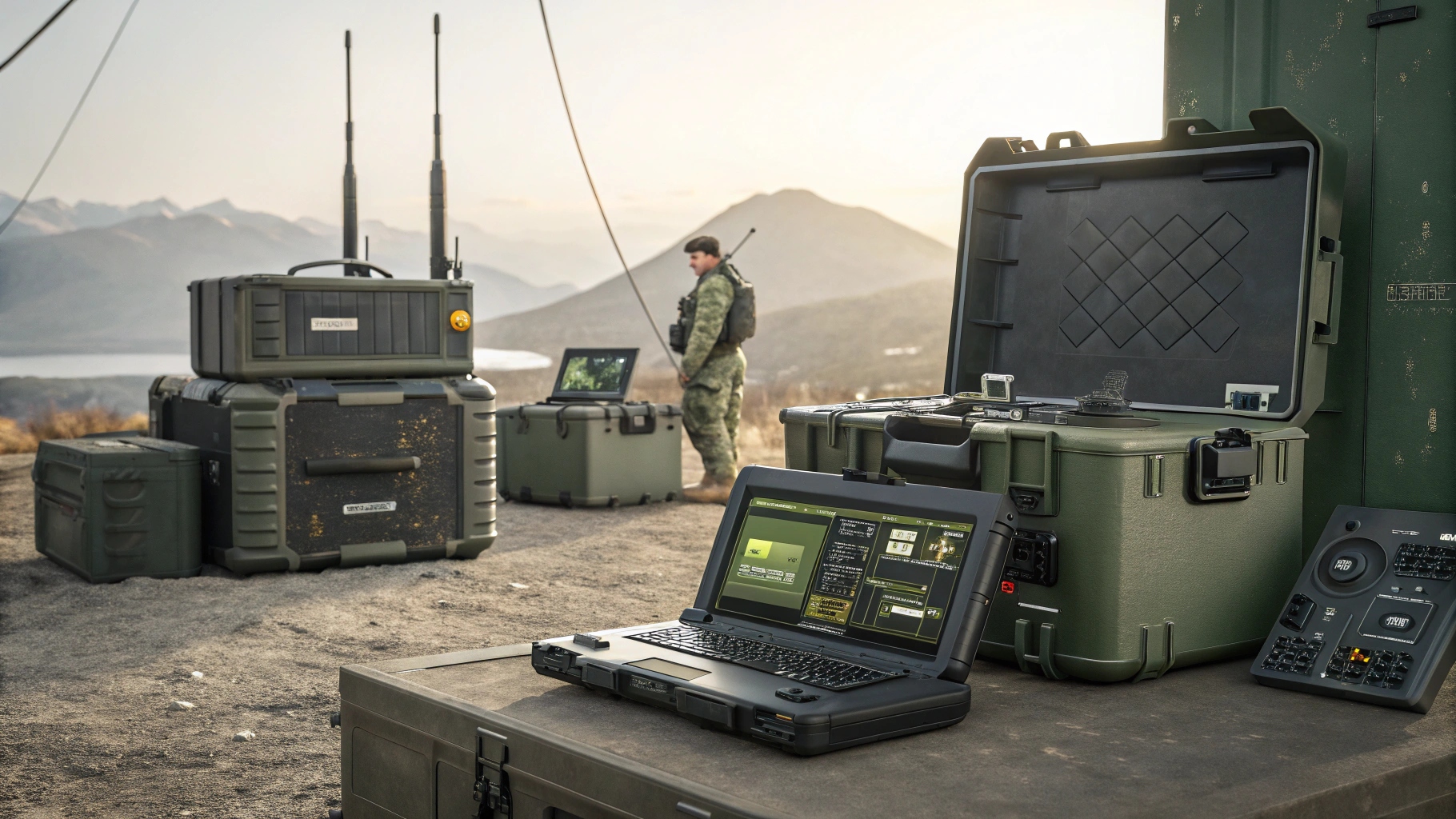
A US defense technology company has received a contract to design and deliver a wideband, non-blocking radio frequency (RF) switch matrix aimed at advancing electronic warfare and signals intelligence. The system will feature a 16×12 configuration, enabling 16 inputs to connect with 12 outputs simultaneously without interference, covering frequencies from 6 GHz to 18 GHz and scalable up to 40 GHz. Housed in a 6U VPX ruggedized form factor, it is optimized for military and aerospace applications requiring efficiency in space, weight, and power. Such switch matrices are critical for spectrum surveillance and electronic warfare because they allow multiple antennas to operate across wide frequency bands without conflict. The technology is expected to support a range of platforms, including the P-8 Poseidon maritime patrol aircraft, the MQ-4C Triton unmanned system, and Tactical Air Control Party missions within Air Force Special Warfare units. It also aligns with the Pentagon’s Joint All-Domain Command and Control (JADC2) strategy, which seeks to unify data and communications across all military services. While contract value and timelines remain undisclosed, the project demonstrates ongoing Department of Defense investment in spectrum-dominance technologies. Beyond defense, the system could eventually serve regulatory spectrum monitoring and commercial RF testing, offering dual-use benefits.



